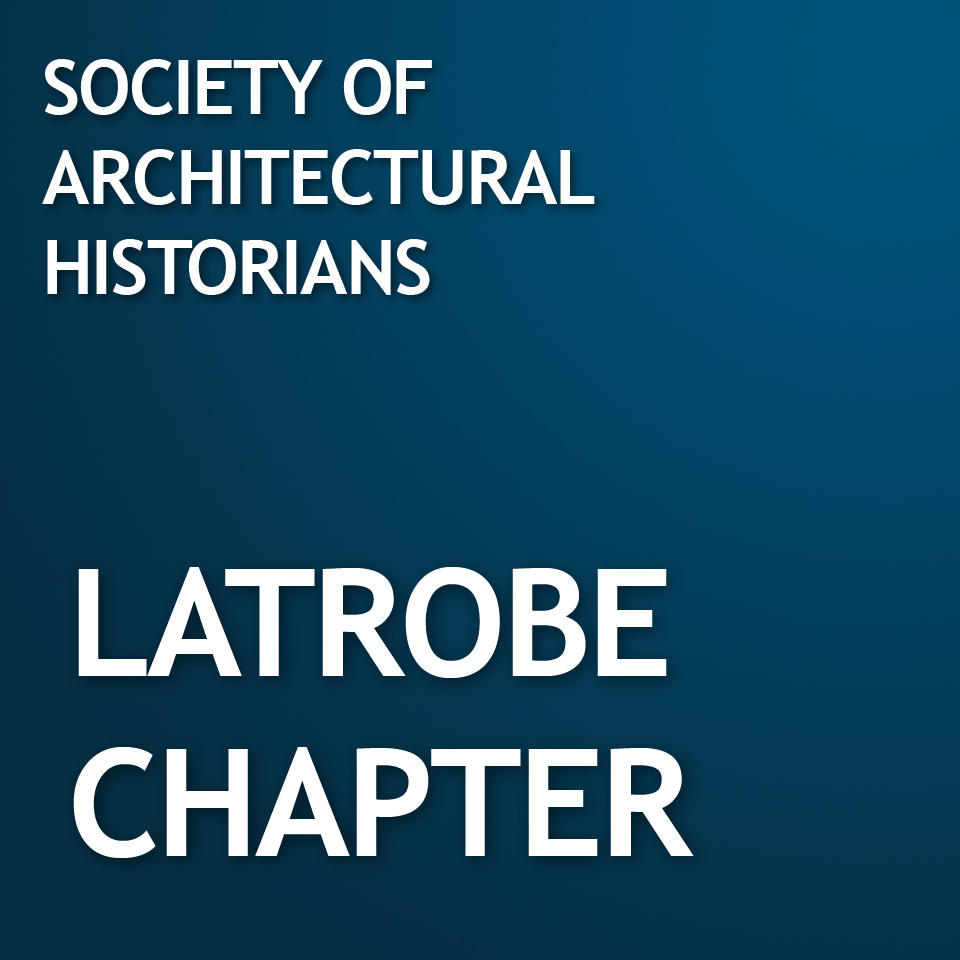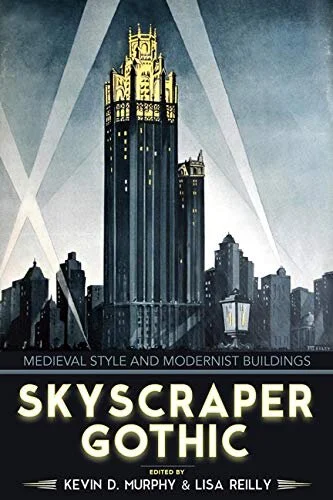Skyscraper Gothic explores the building style that became a metaphor for modernity
Fralin Museum of Art organized the exhibition and is the sole venue
CHARLOTTESVILLE, Va. – The Fralin Museum of Art premieres the first exhibition to investigate how European Gothic architecture was used to create a new language of skyscrapers in the United States in the first three decades of the 20th century. Architects and the general public embraced medieval Gothic as an effective expression of the skyscraper’s height and the dynamism of the modern age. However, prominent buildings such as the Woolworth Building in New York and the Chicago Tribune Building were often dismissed by some critics for their Gothic elements. Skyscraper Gothic charts the evolution and influence of this critical, but overlooked, phase in the stylistic development of the tall office building in the United States. Through prints, drawings, photographs, paintings, sculptures, furniture, textiles, toys, models, illustrations and decorative arts, the exhibition will demonstrate how skyscraper Gothic design permeated material culture in the early 20th century and became an emblem of modern American life.
The exhibition will be on view exclusively at the Fralin Aug. 28 through Dec. 31, 2021.
Skyscraper Gothic is organized by the Fralin Museum of Art and curated by Lisa Reilly, Commonwealth professor of architectural history at the University of Virginia, and Kevin Murphy, Andrew W. Mellon chair in the humanities and professor and chair of the Department of History of Art and Architecture at Vanderbilt University.
“Skyscraper Gothic will shed new light on a key and misunderstood period of architecture that became the quintessential sign of American modernism’s power,” said Matthew McLendon, J. Sanford Miller Family director at the Fralin. “It is fitting that the Fralin, at the heart of a university known worldwide for its architecture and architectural history programs, would engage with this under-researched topic at a time when the skyscraper has returned to the forefront of architectural production in the U.S.”
From newly discovered drawings of the Woolworth Building from Cass Gilbert’s office to Paul Frankl furniture inspired by the 1916 setback laws, Skyscraper Gothic will gather a wide range of visual culture in four sections: introduction, construction, buildings and replication. In the process, the exhibition will demonstrate that these buildings were more than simply architectural phenomena: they were cultural artifacts that exerted a strong influence on writers, painters, printmakers, designers, filmmakers and more.
In the early 20th century, architects and patrons strove to find an appropriate decorative vocabulary for the skyscraper. The unprecedented height of the buildings, as well as their novel metal-frame structural systems, posed design challenges that were met in a variety of ways. Modern architects, starting with Louis Sullivan in the late 19th century, advocated skyscraper design that visually expressed the underlying frame. Others sought to adapt historic prototypes to the new architectural type. Medieval Gothic architecture — as soaring and inspiring as skyscrapers — proved to be a compelling model for a short period and led to the Art Deco style, which retained Gothic motifs.
Among the most beloved examples of American architecture, Gothic skyscrapers such as the Woolworth (1913), Chicago Tribune (1925) and Radiator (1924) buildings sparked a wave of buildings, objects and images that exploited their forms to announce the advent of a modern American style. Yet modernist critics disdained those skyscrapers that adopted the vocabulary of medieval architecture. The use of historicist ornament on steel frame buildings was considered out of step with modernism, even though the work of medieval masons and modern engineers was believed to be conceptually linked. As Gothic skyscrapers were built in the 1920s and 1930s in New York, Chicago and Detroit, the style was appropriated in smaller American cities — such as Atlanta, Fort Wayne, Winston-Salem and Oakland, California.
The book, “Skyscraper Gothic: Medieval Style and Modernist Buildings,” edited by Kevin D. Murphy and Lisa Reilly, is available from UVA Press.
This exhibition is made possible through the generous support from the Angle Exhibition Fund, The Jefferson Trust, an initiative of the U.Va. Alumni Association. Dr. Joyce Lowinson Kootz, The Fralin Museum of Art Volunteer Board, the UVA Arts Council, an Arts Enhancement Grant from the Office of the Provost & the Vice Provost for the Arts, the School of Architecture, and Arts$. The Fralin Museum of Art’s programming is made possible through generous support from The Joseph and Robert Cornell Memorial Foundation. Thanks to members and donors for furthering the Museum’s mission and to in-kind donors: WTJU 91.1 FM and Ivy Publications LLC’s Charlottesville Welcome Book.
About the Fralin Museum of Art at the University of Virginia
Established in 1935, the University of Virginia Art Museum became the Fralin Museum of Art in 2012 in honor of a bequest of American art and service to the university by Cynthia and W. Heywood Fralin. The Museum maintains a collection of more than 13,000 works of art, including American and European painting, works on paper, and sculpture from the 15th through the 20th centuries; art from the ancient Mediterranean; Asian art; and Native and ancient American art. Housed in the historic Bayly Building near the Rotunda on the landmark UVA campus, the Fralin is dedicated to serving the widest possible audiences and engaging comprehensive visual education to enhance its visitors’ understanding of world cultures. Throughout the year, the Museum presents a diverse selection of exhibitions, programs, research and events that bring the university and broader community together.

